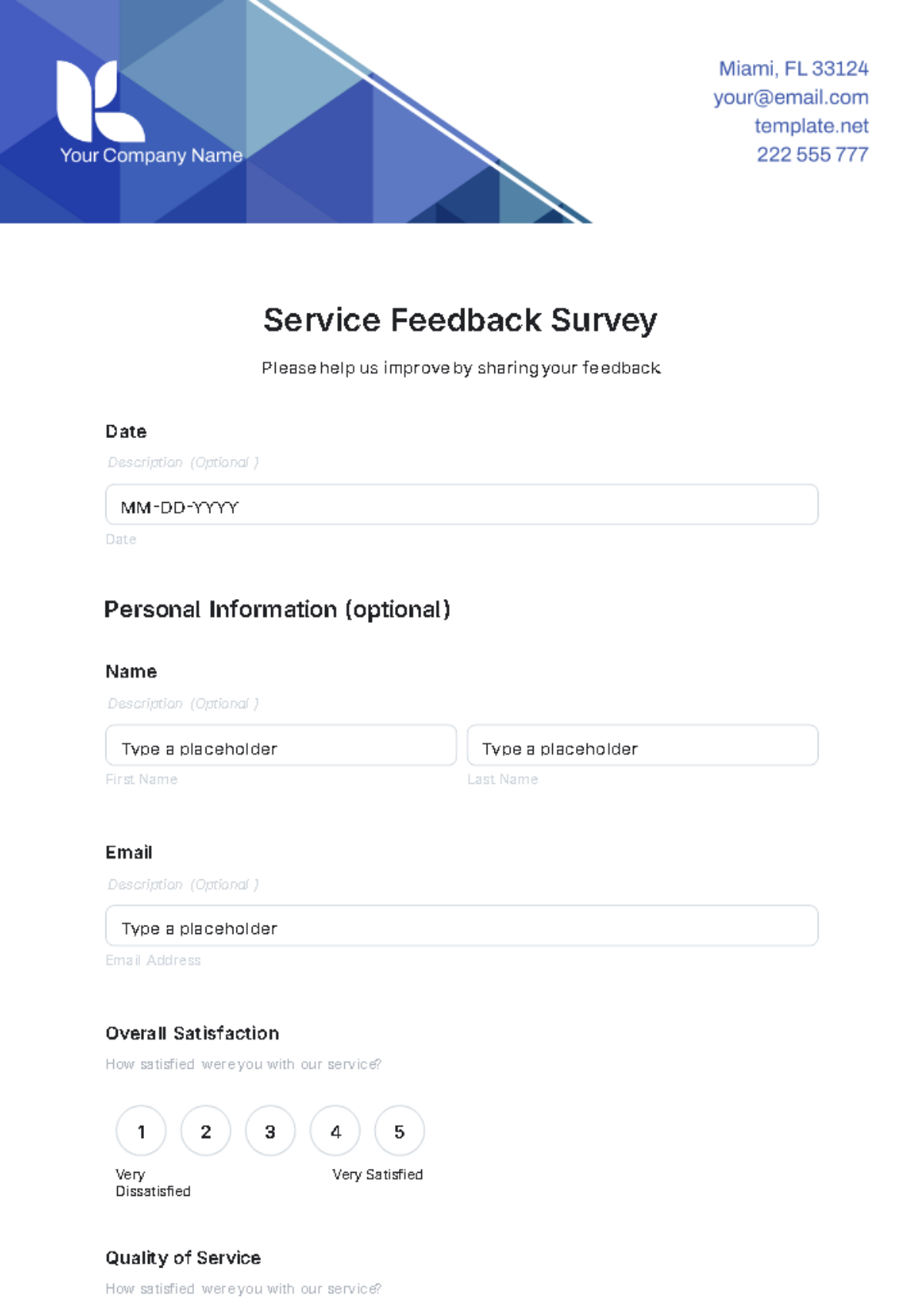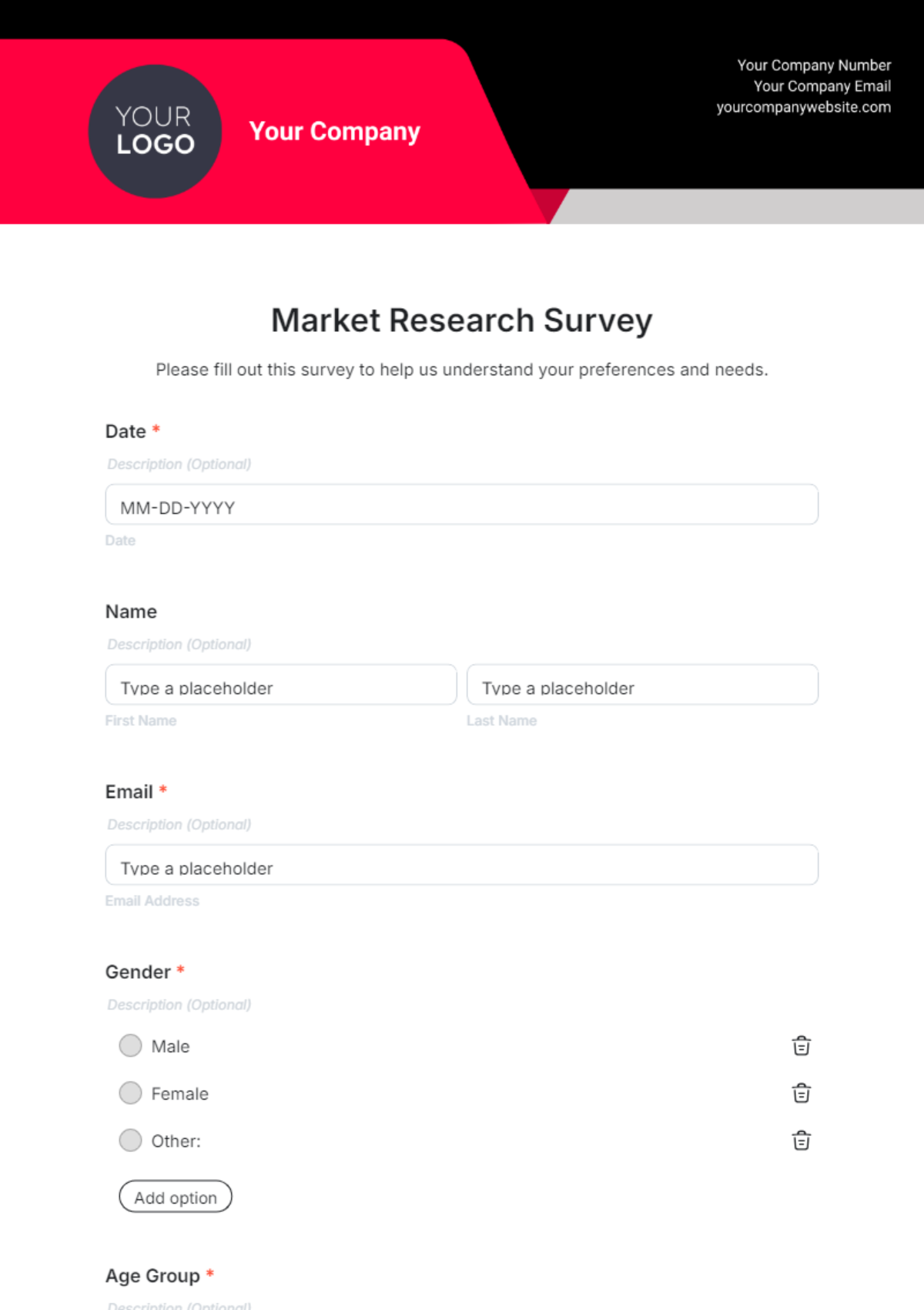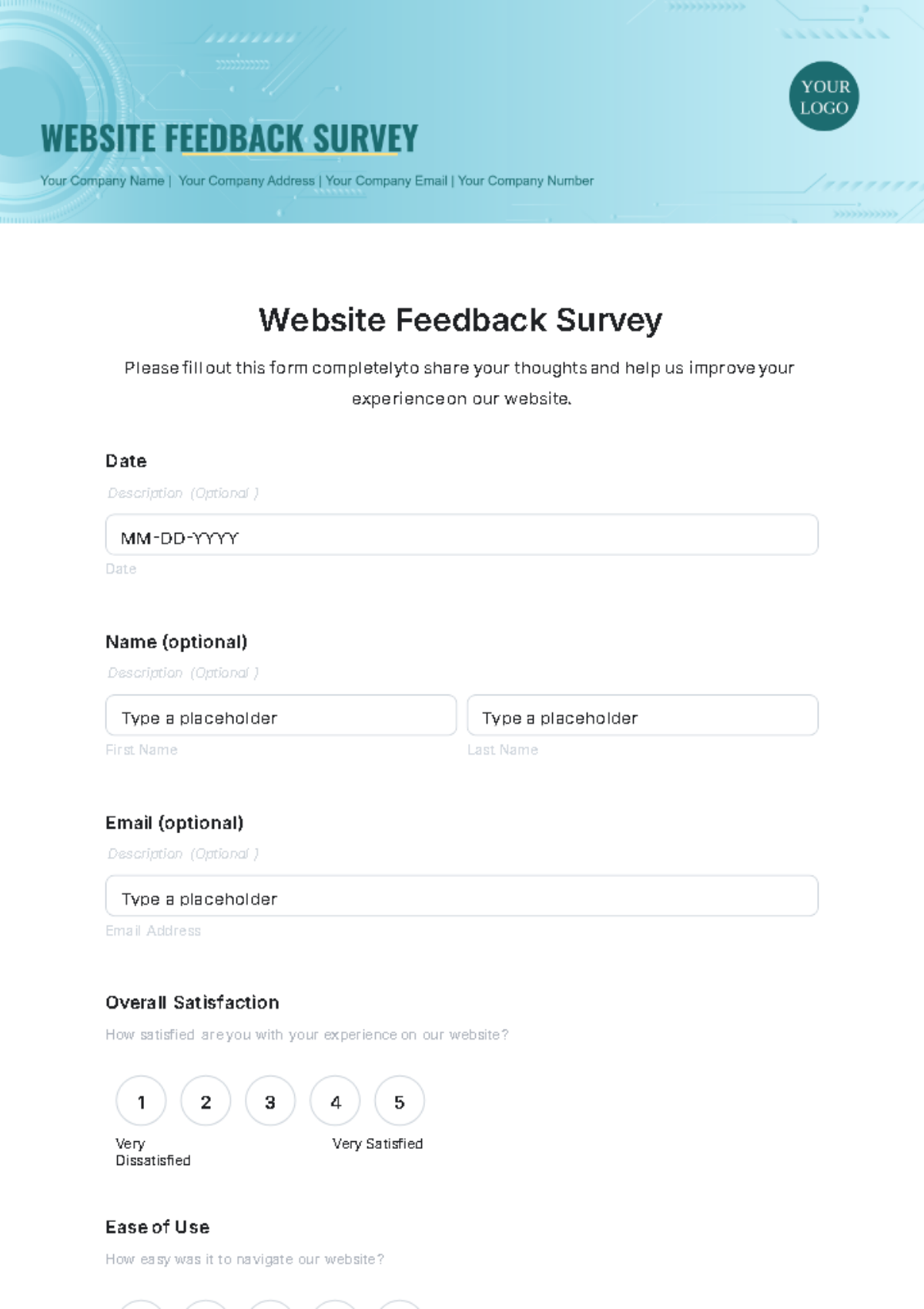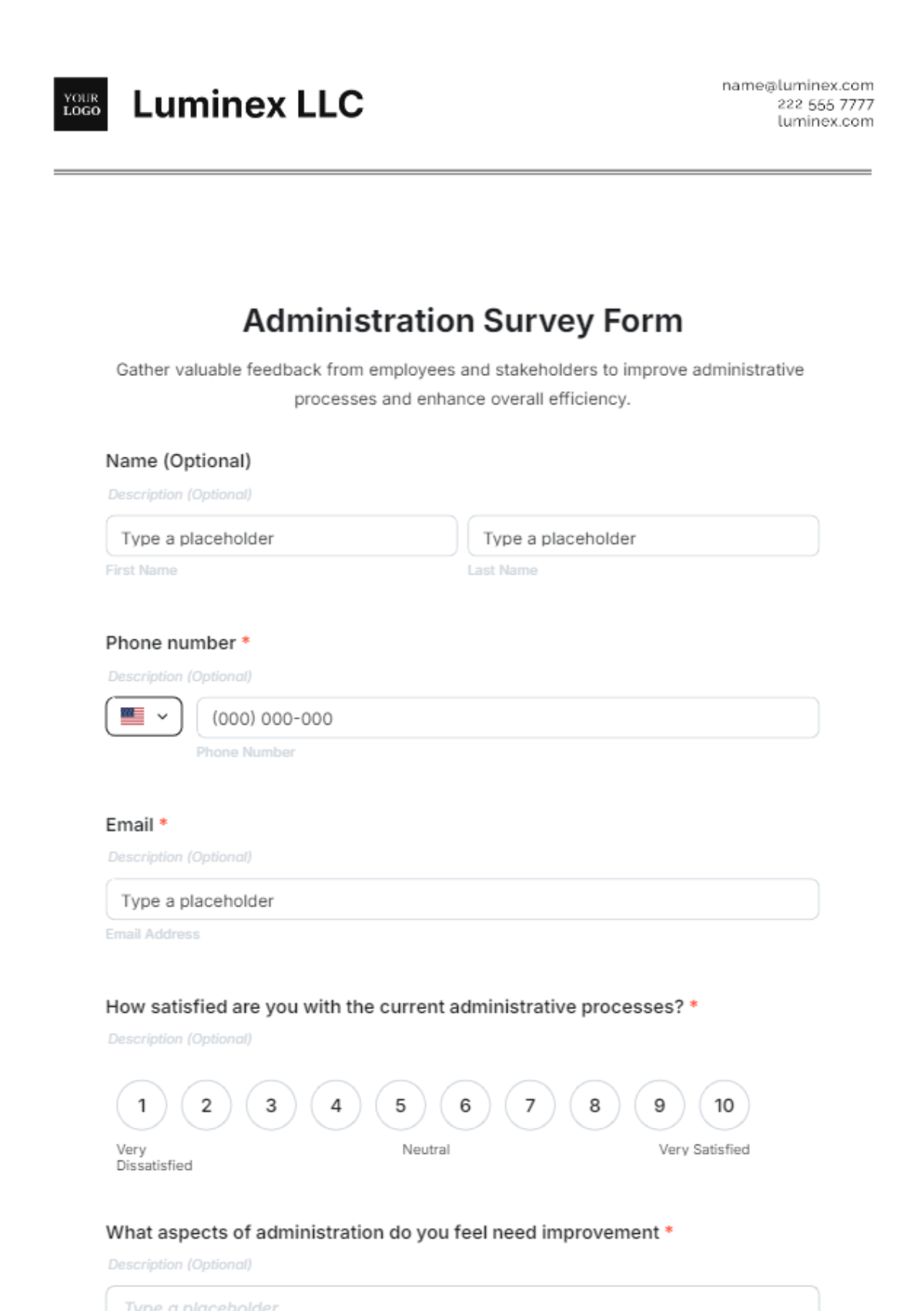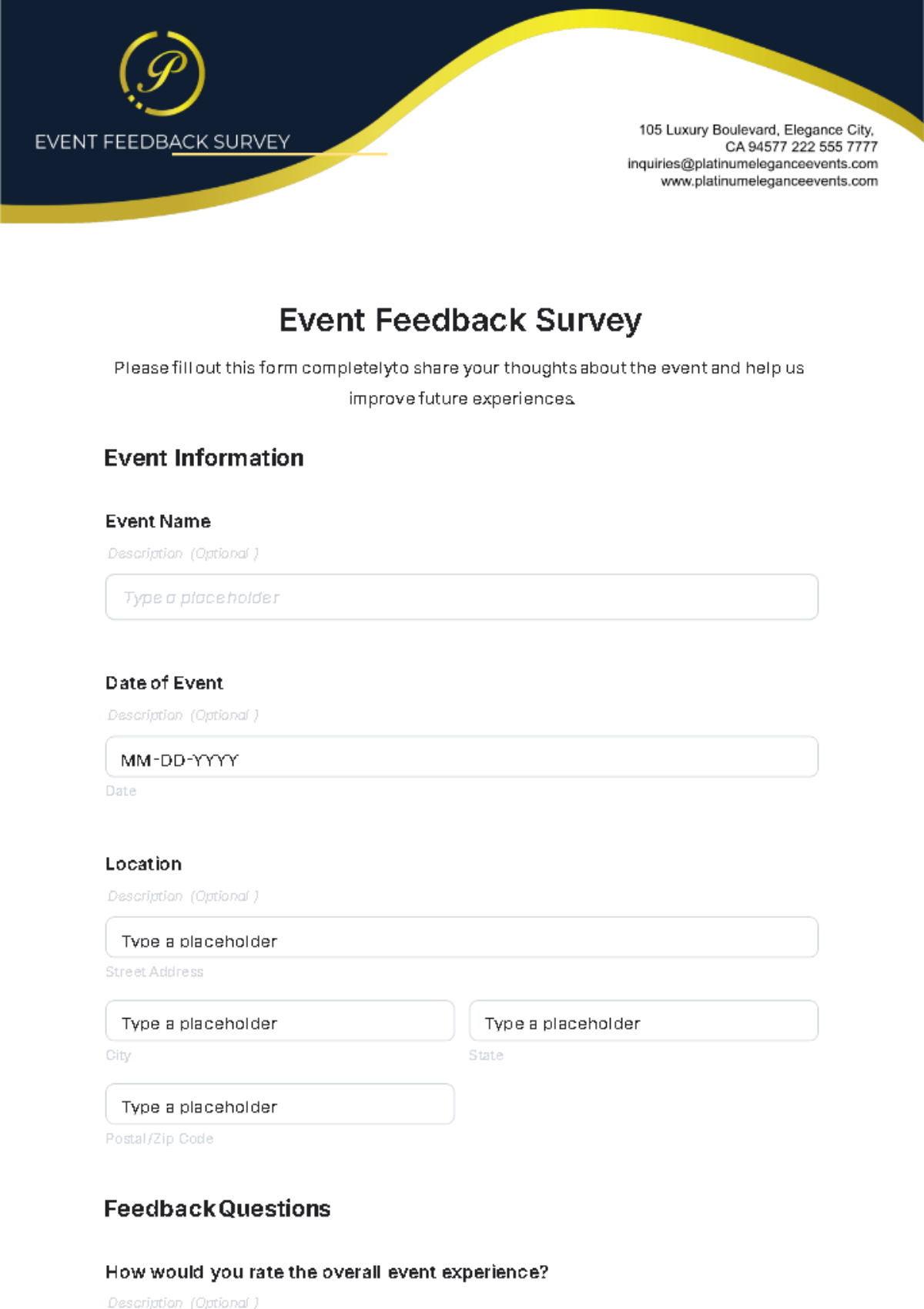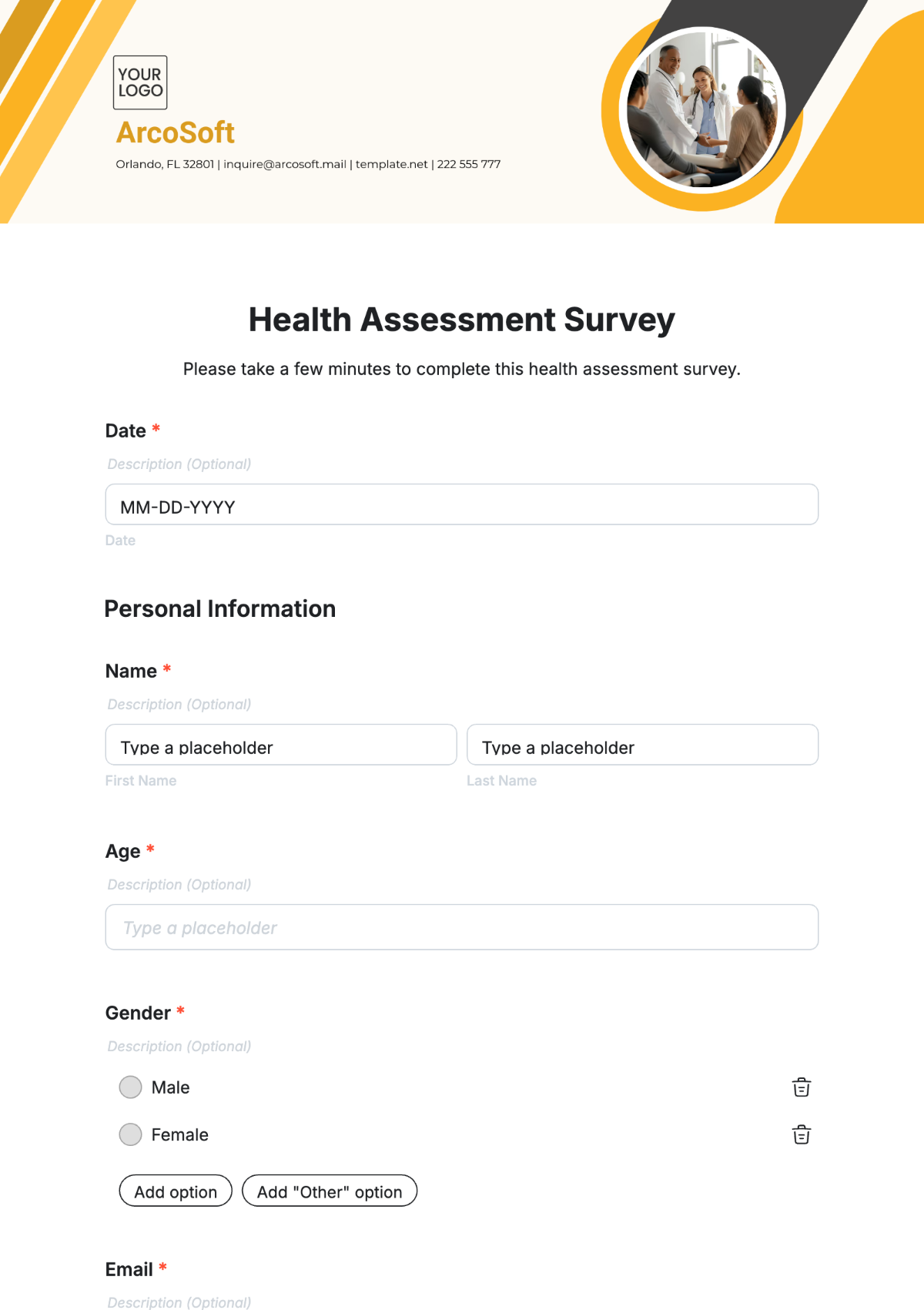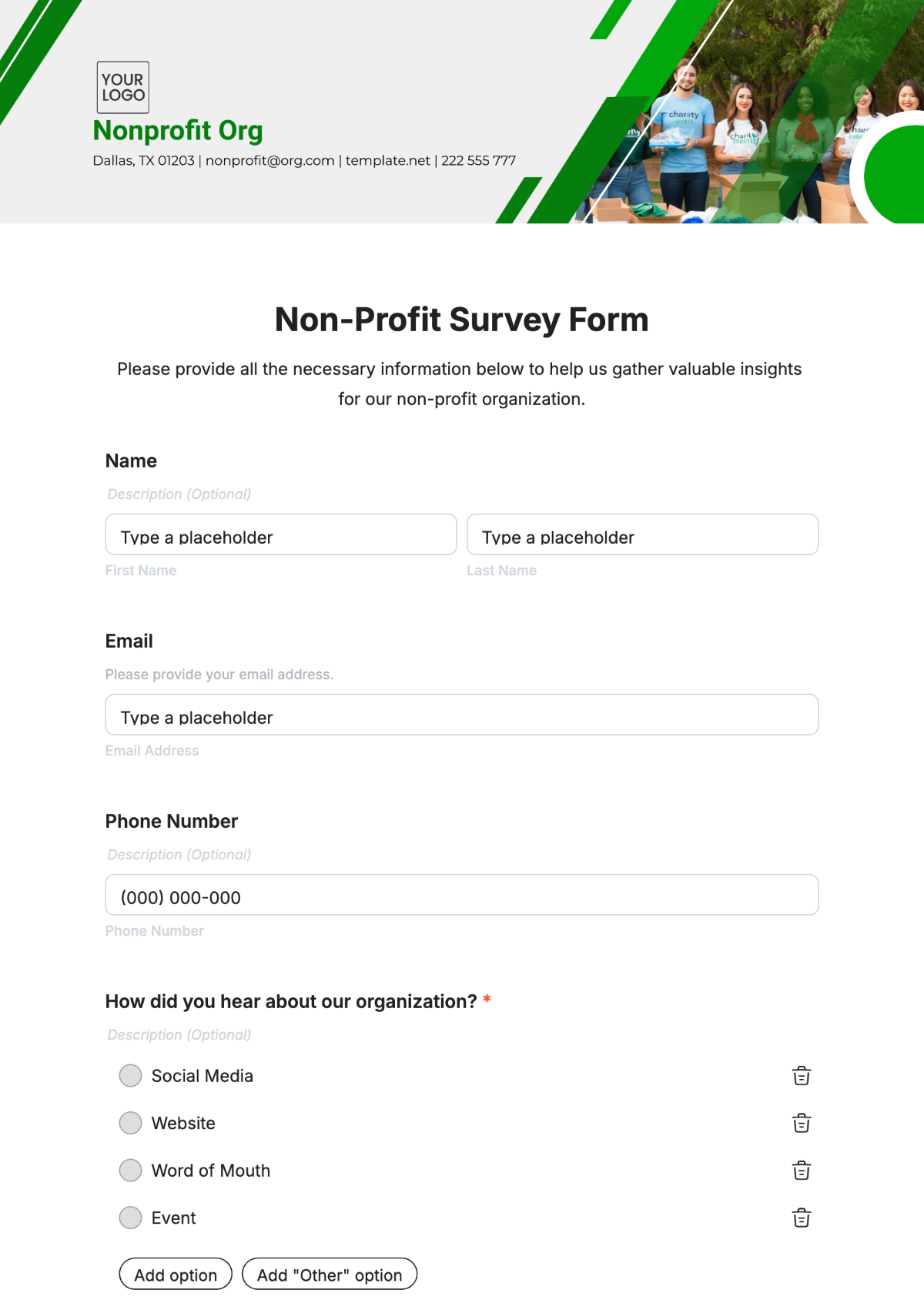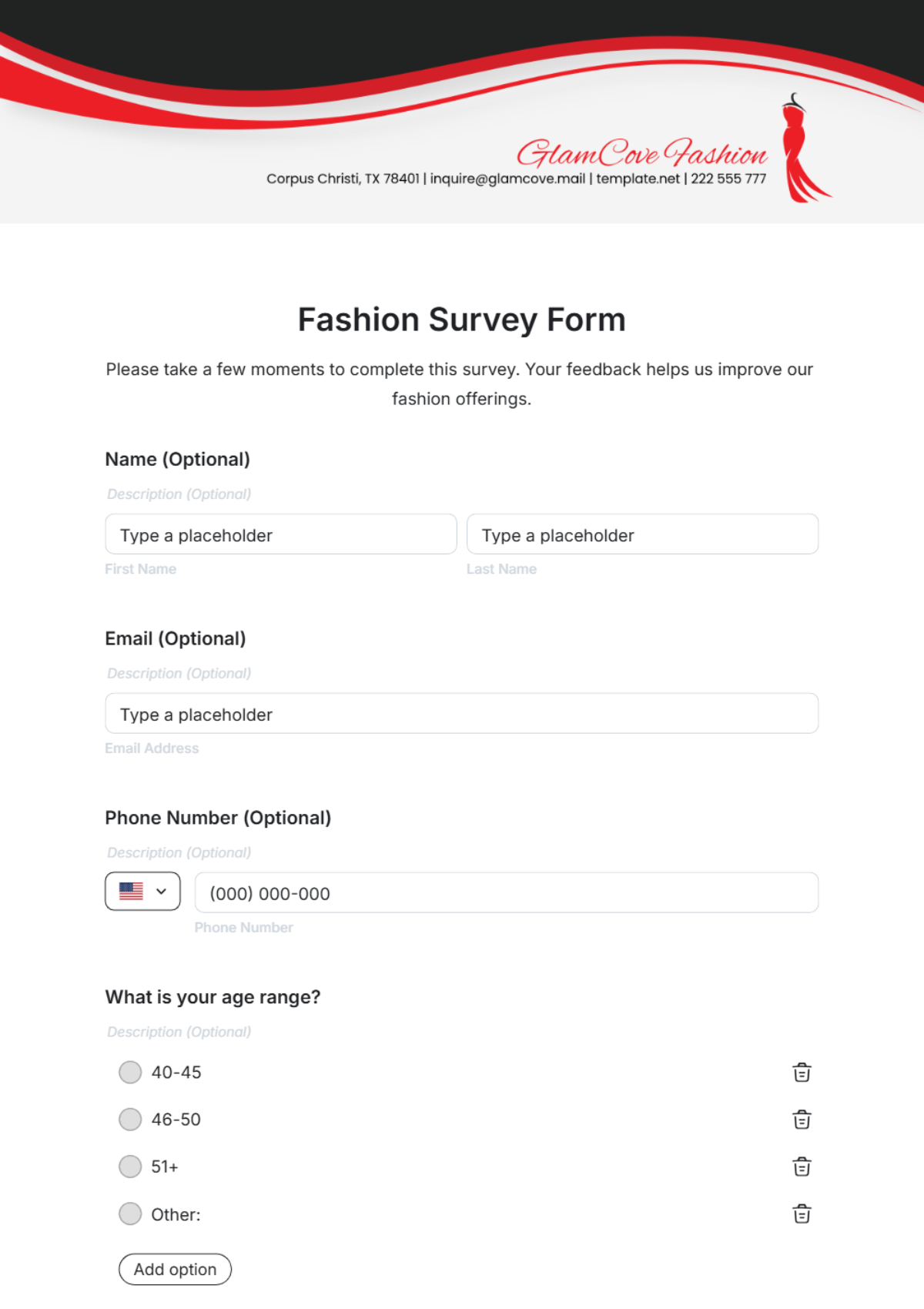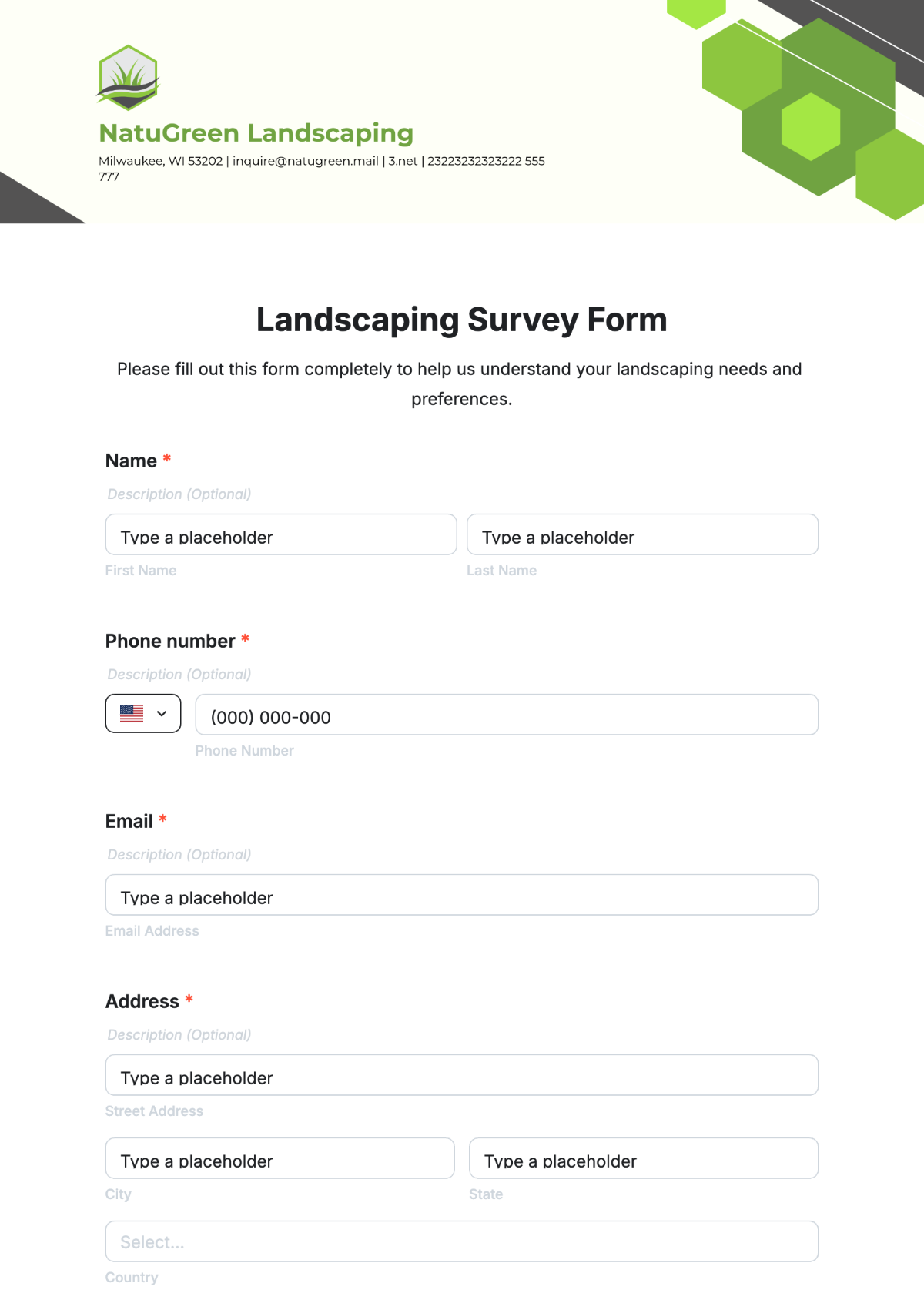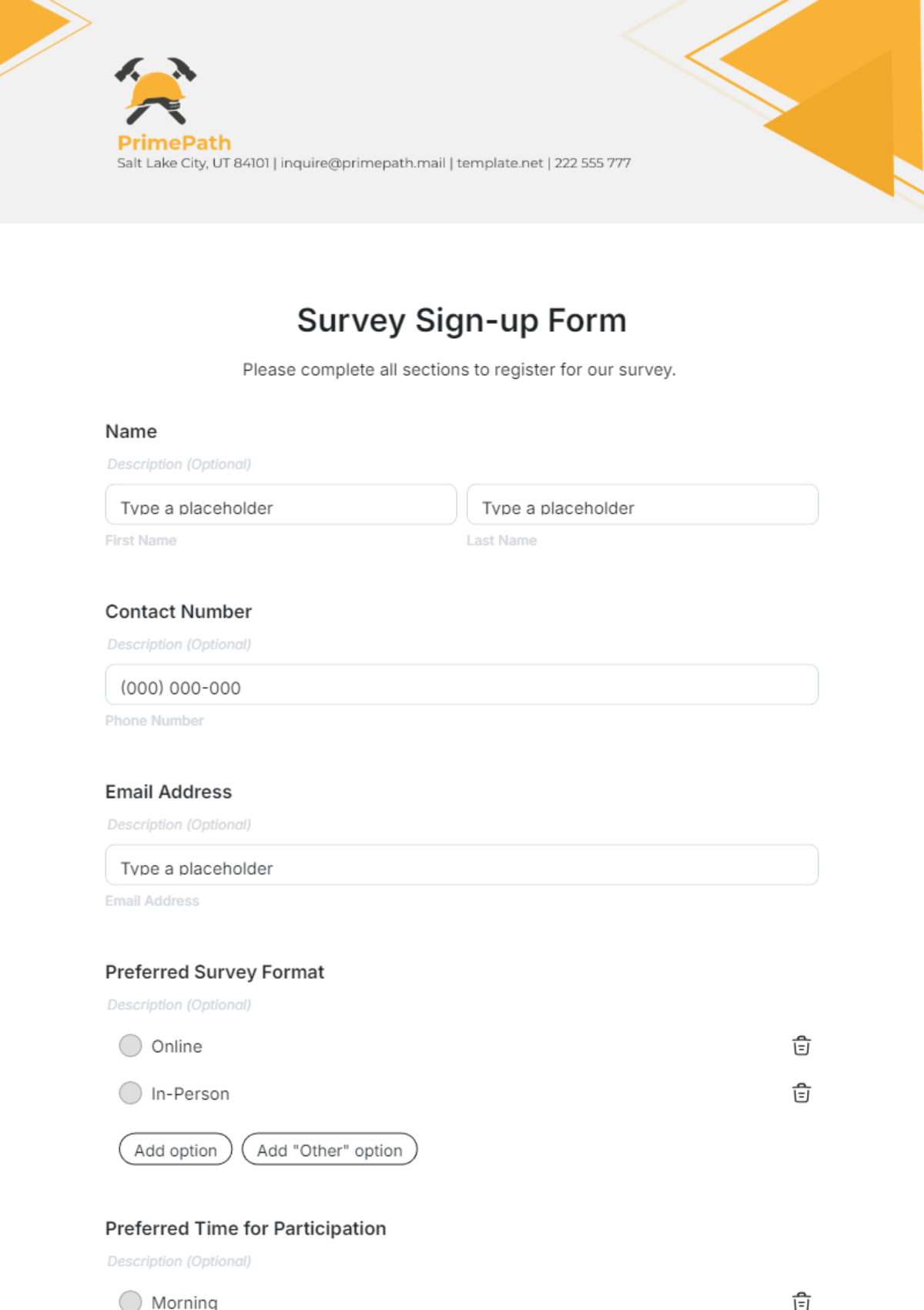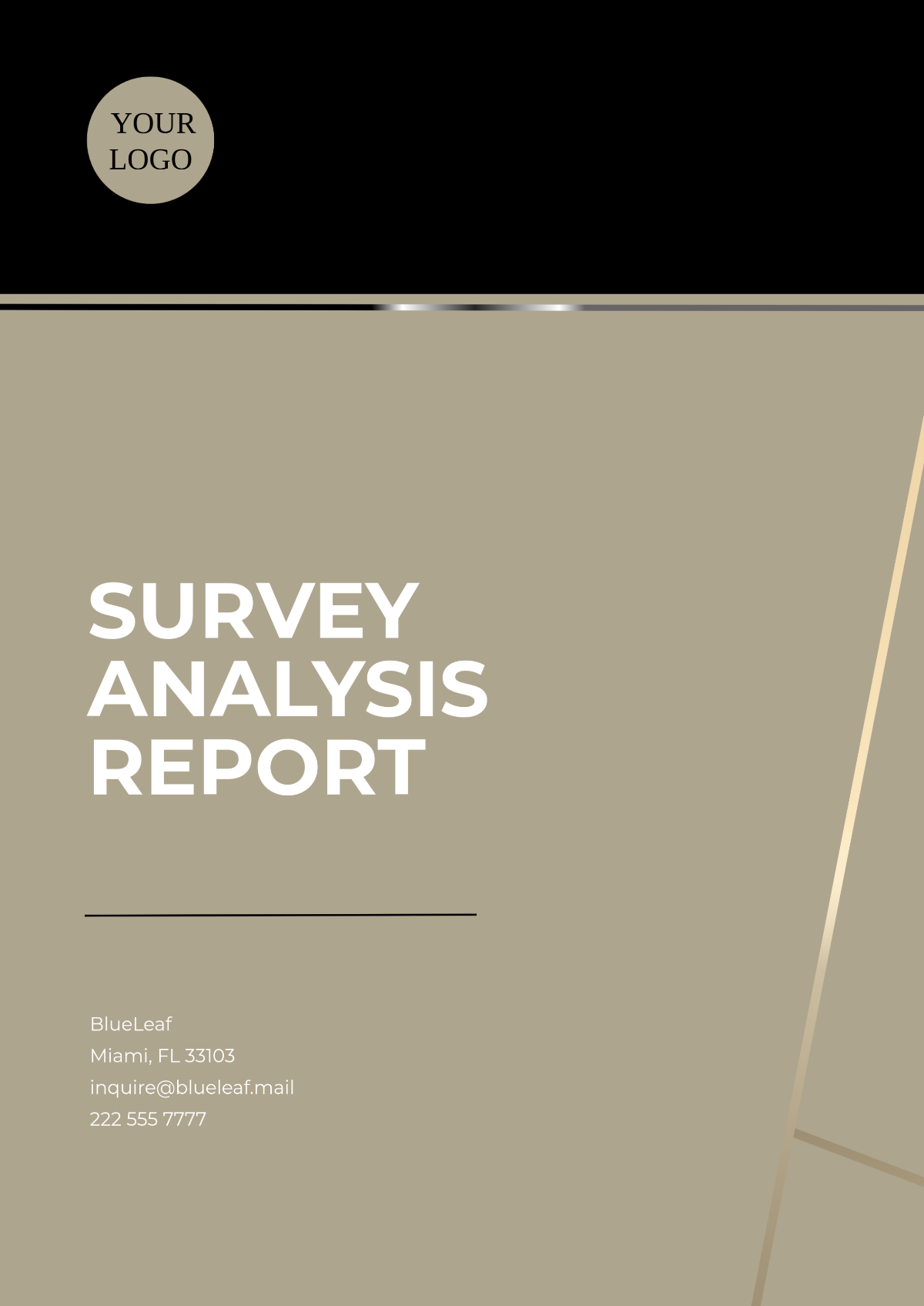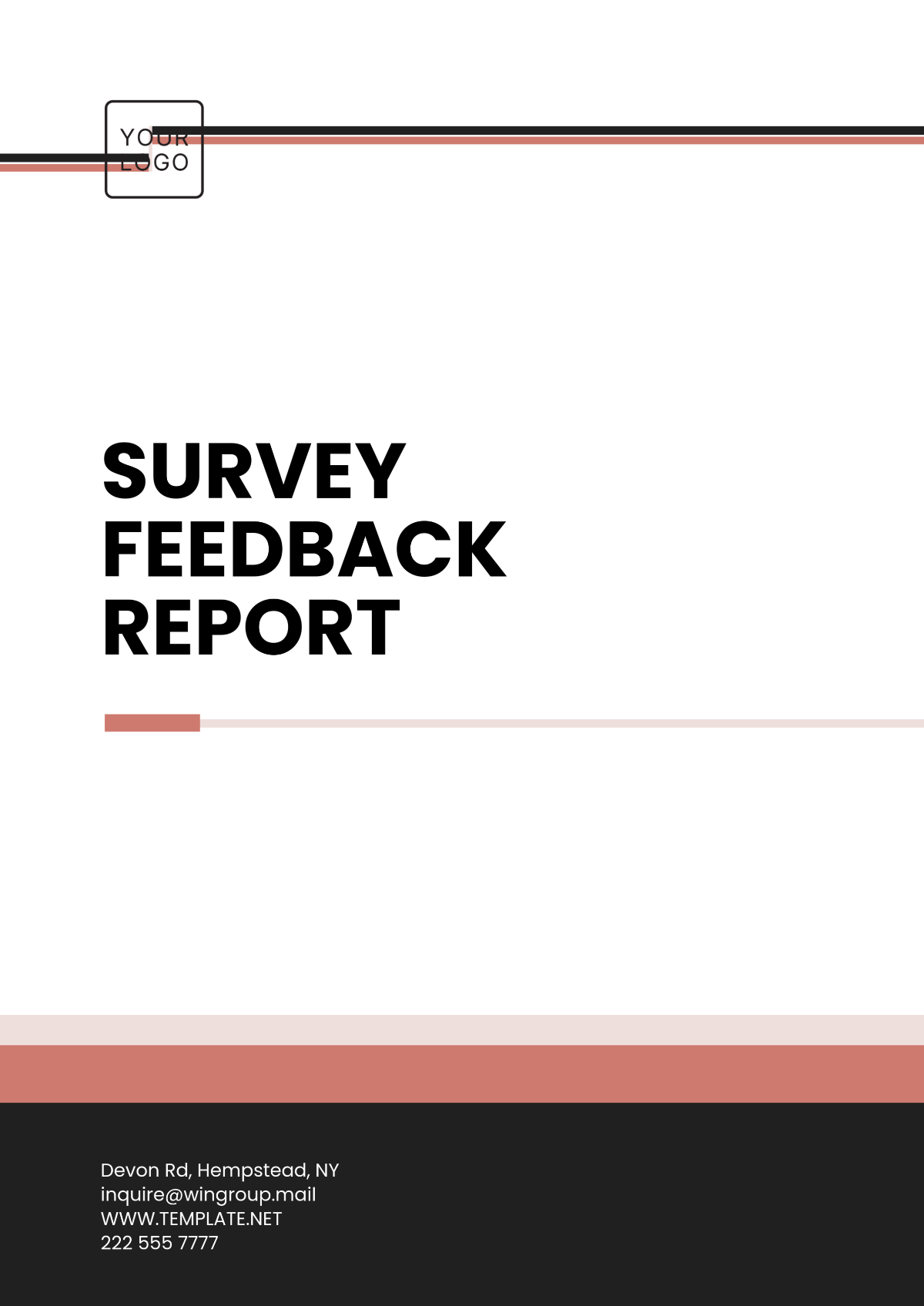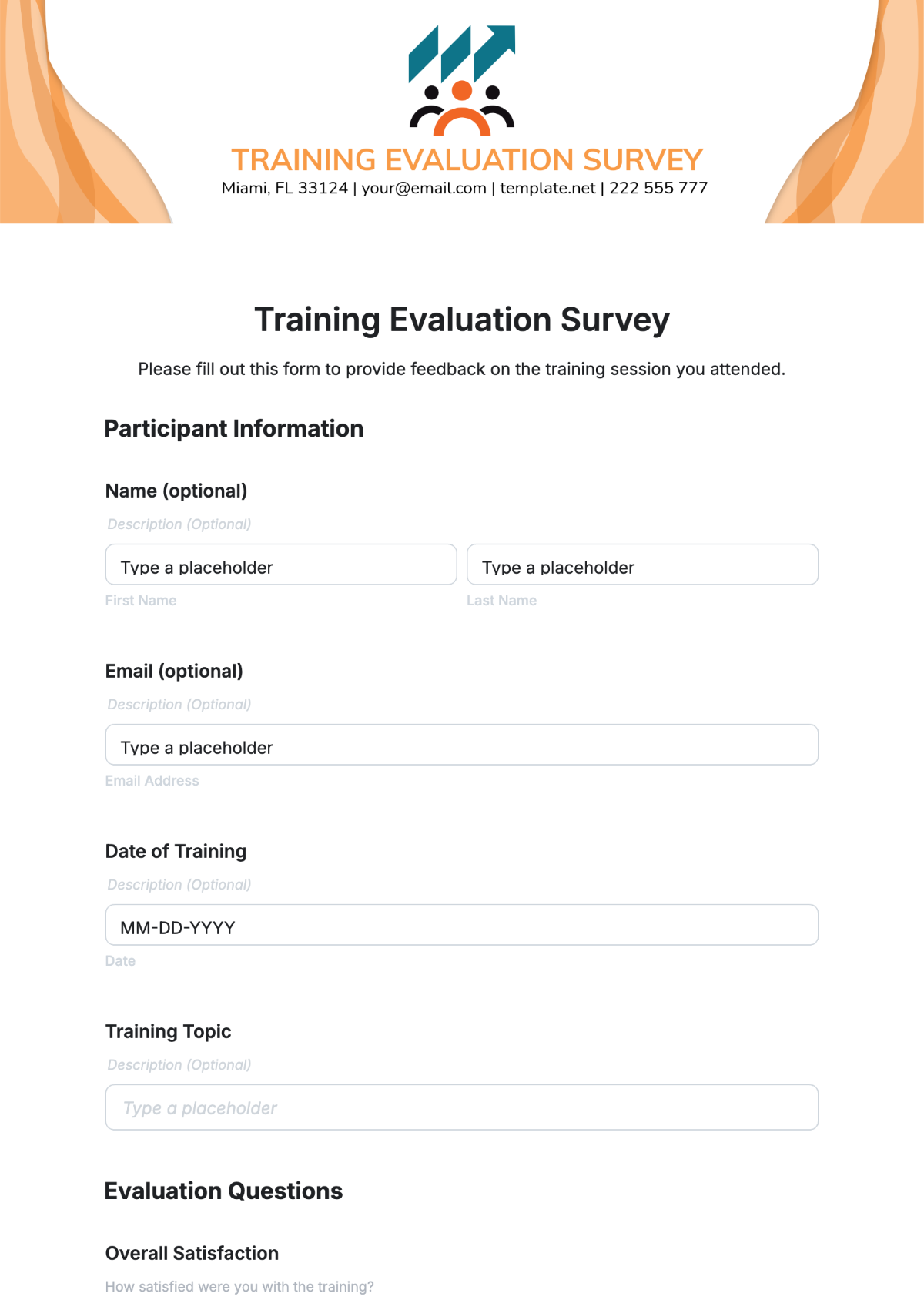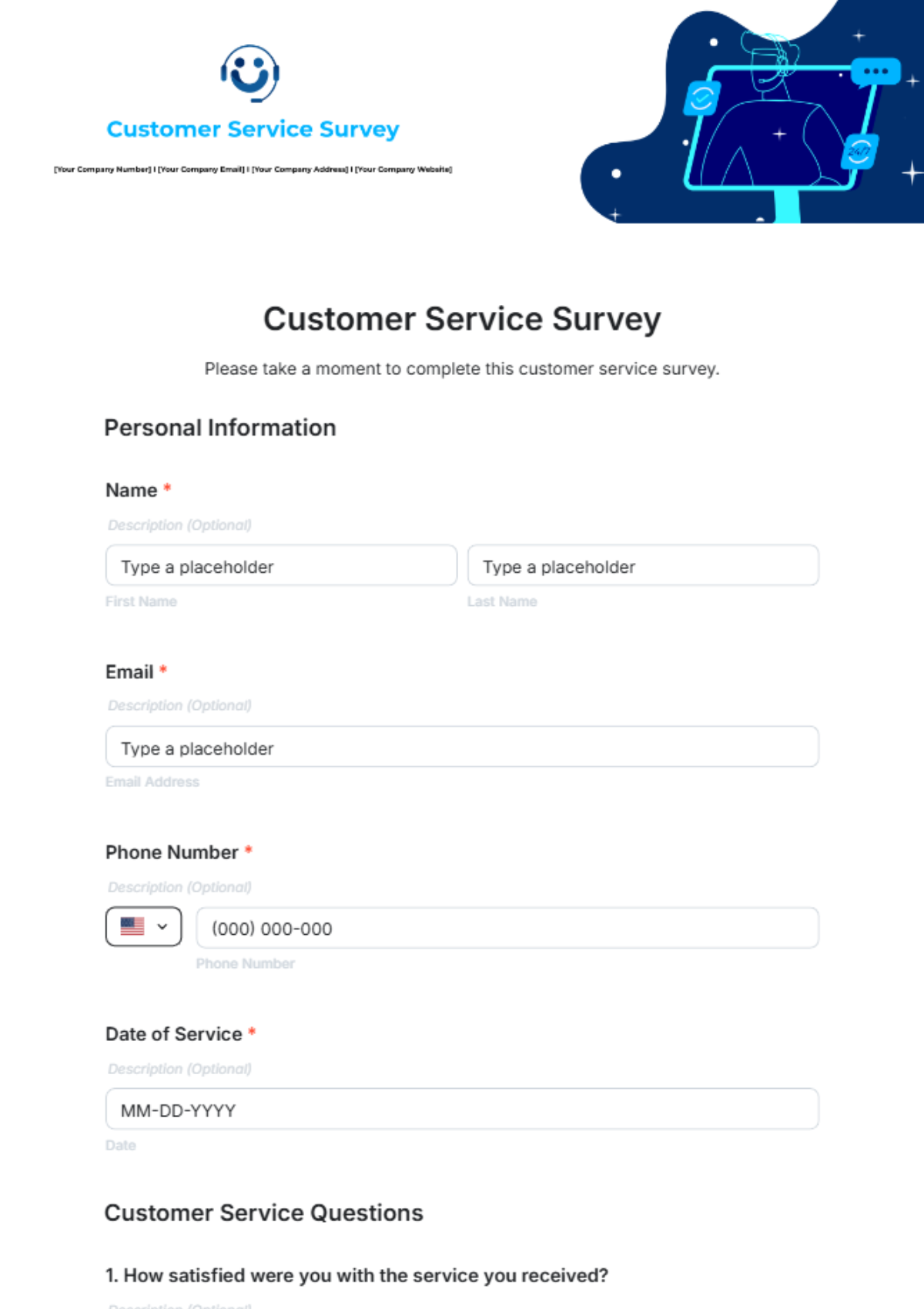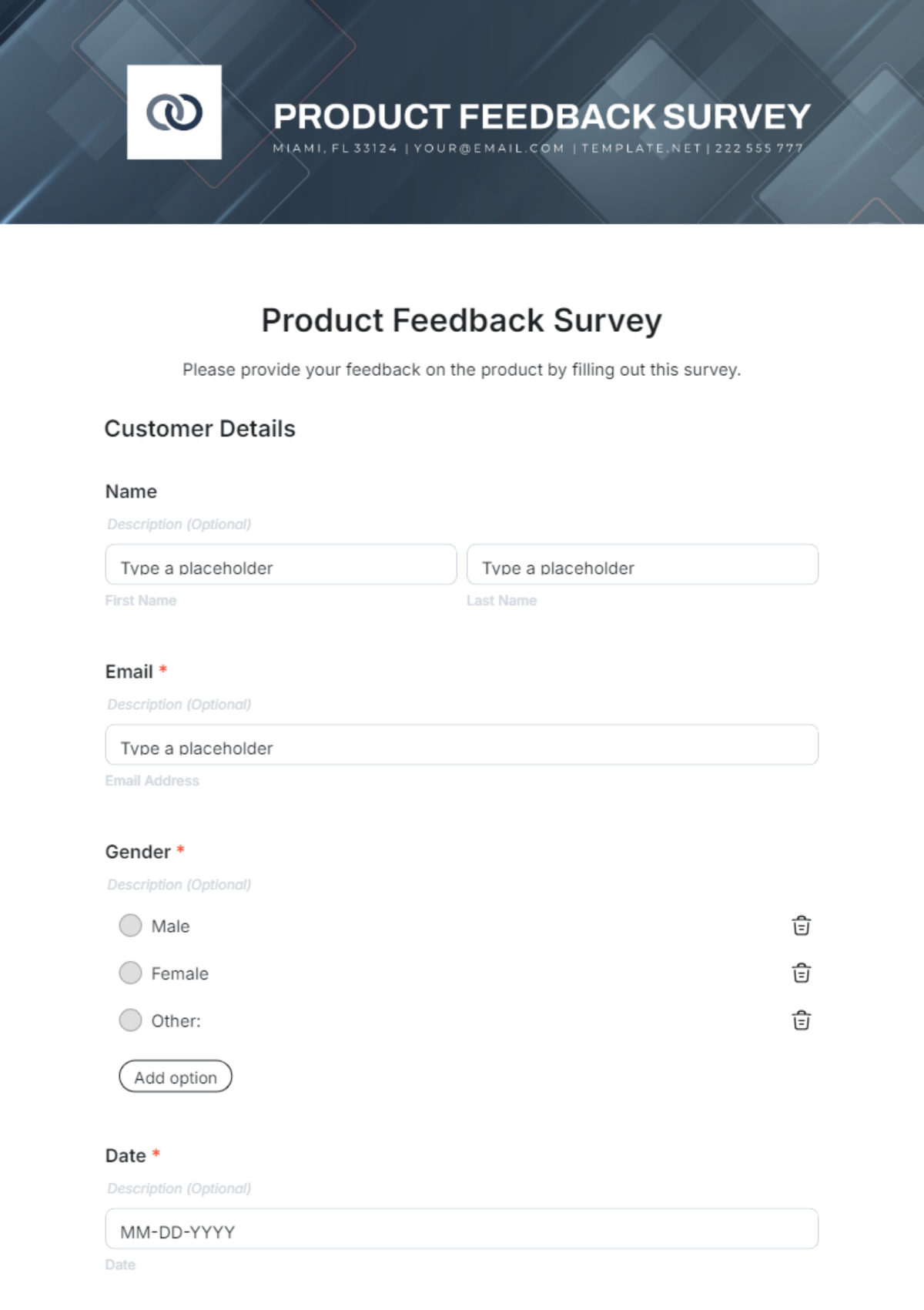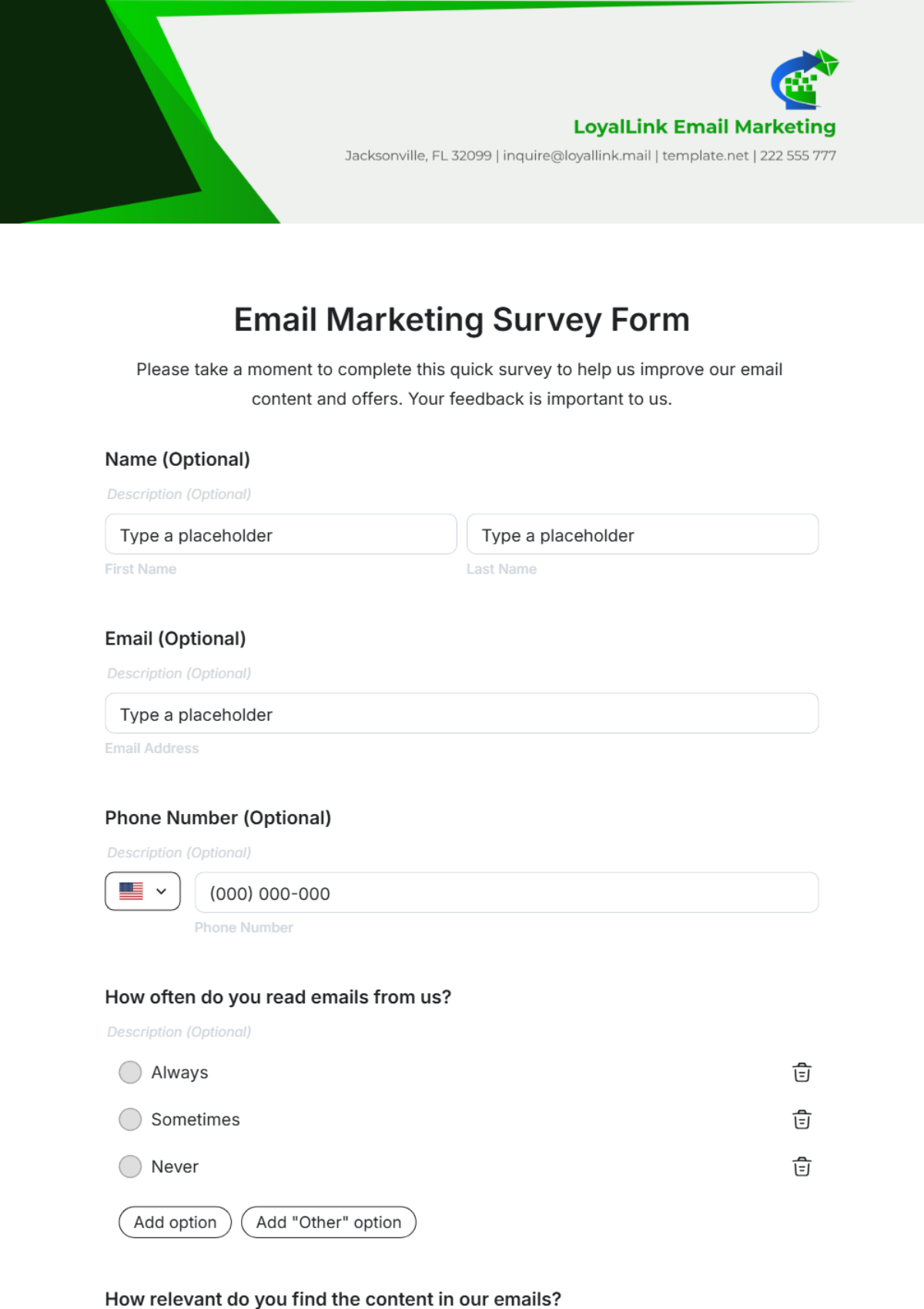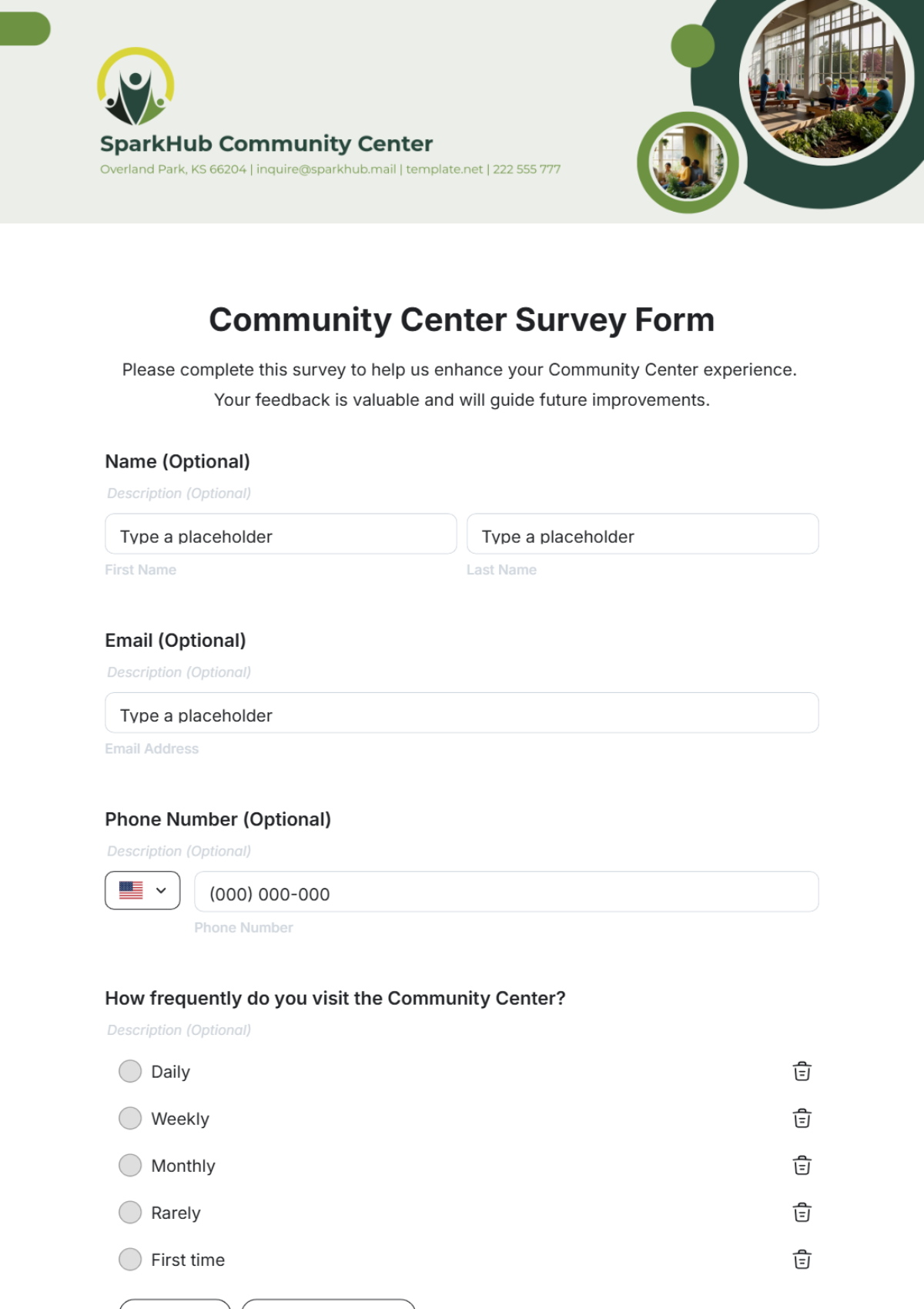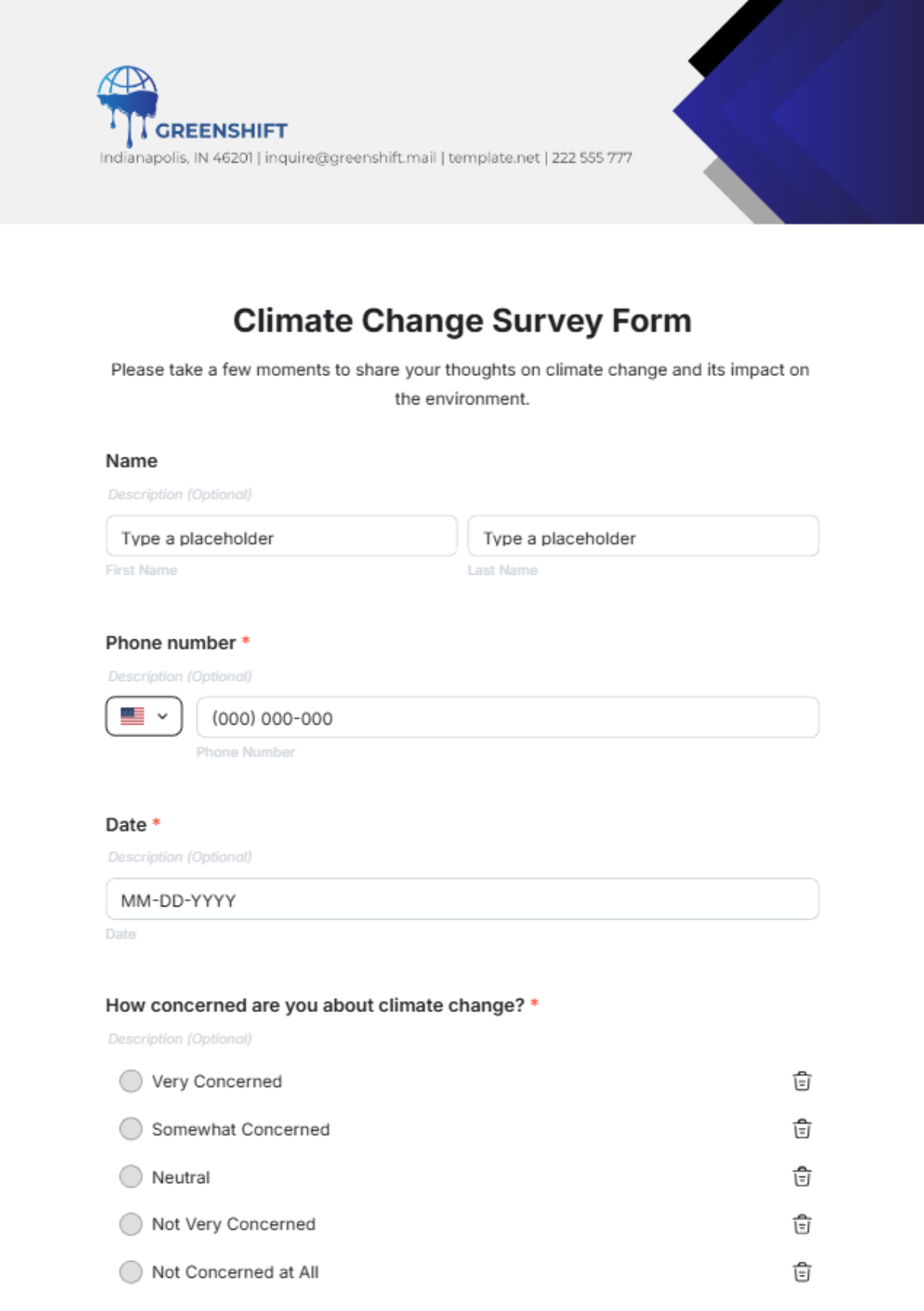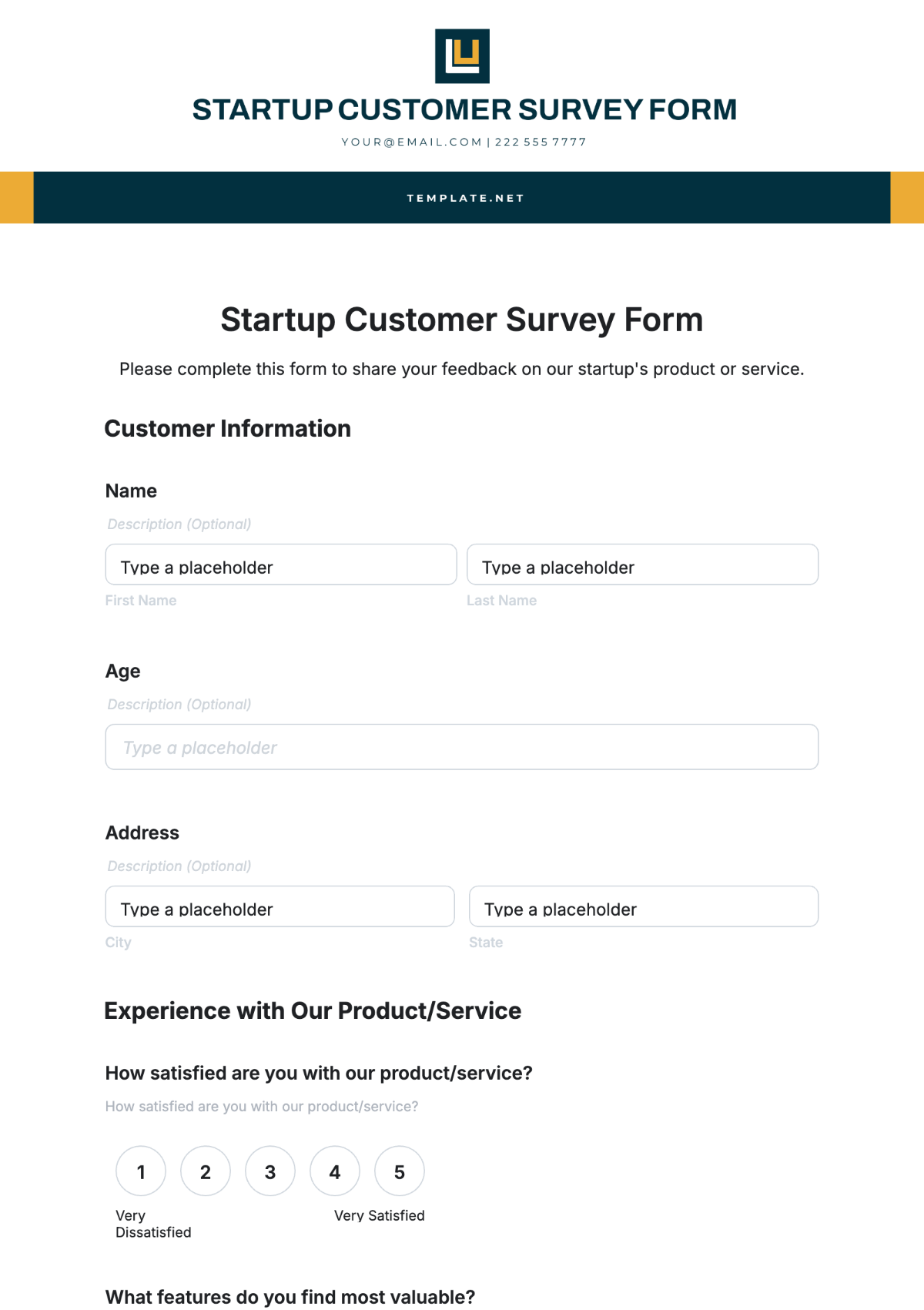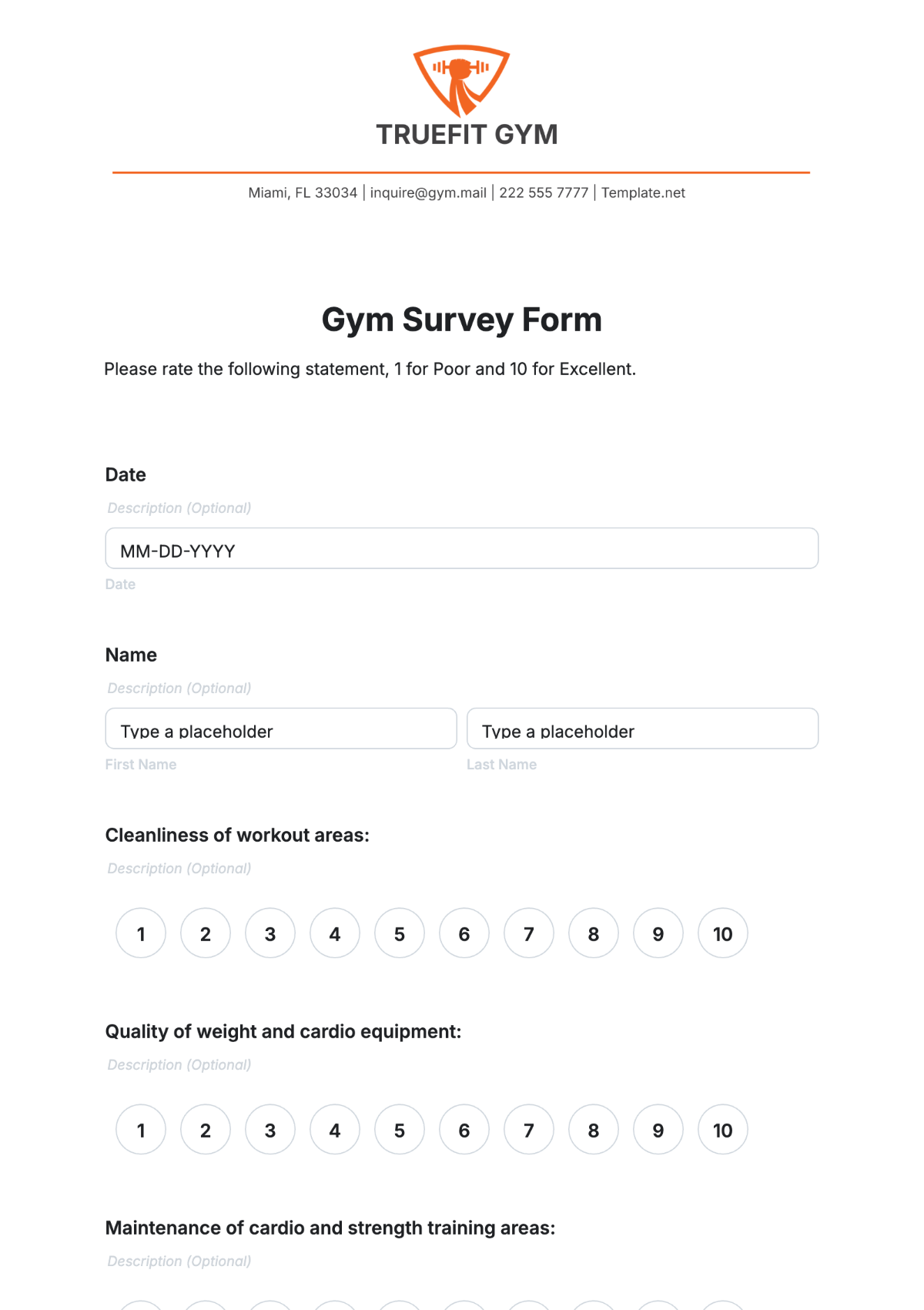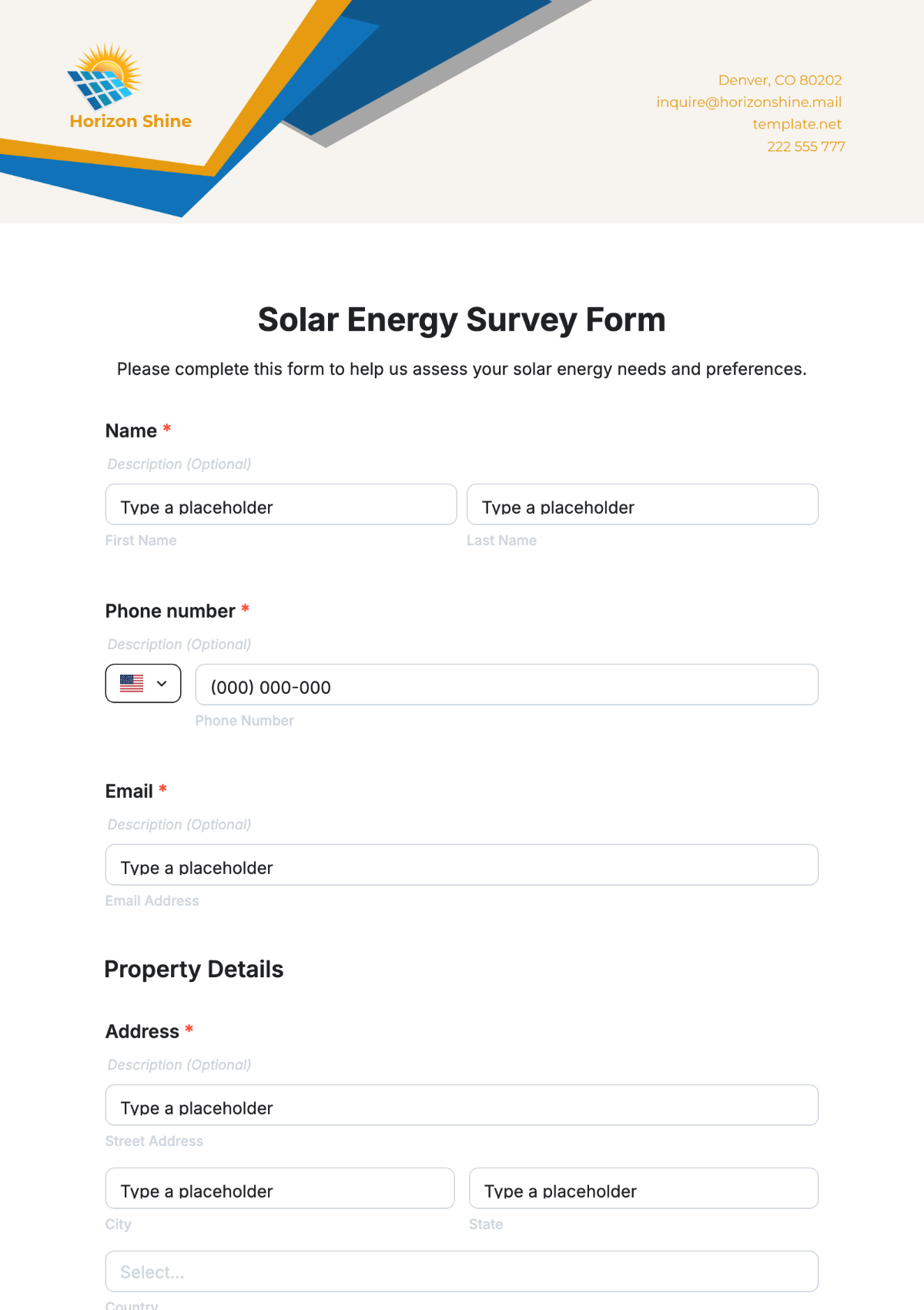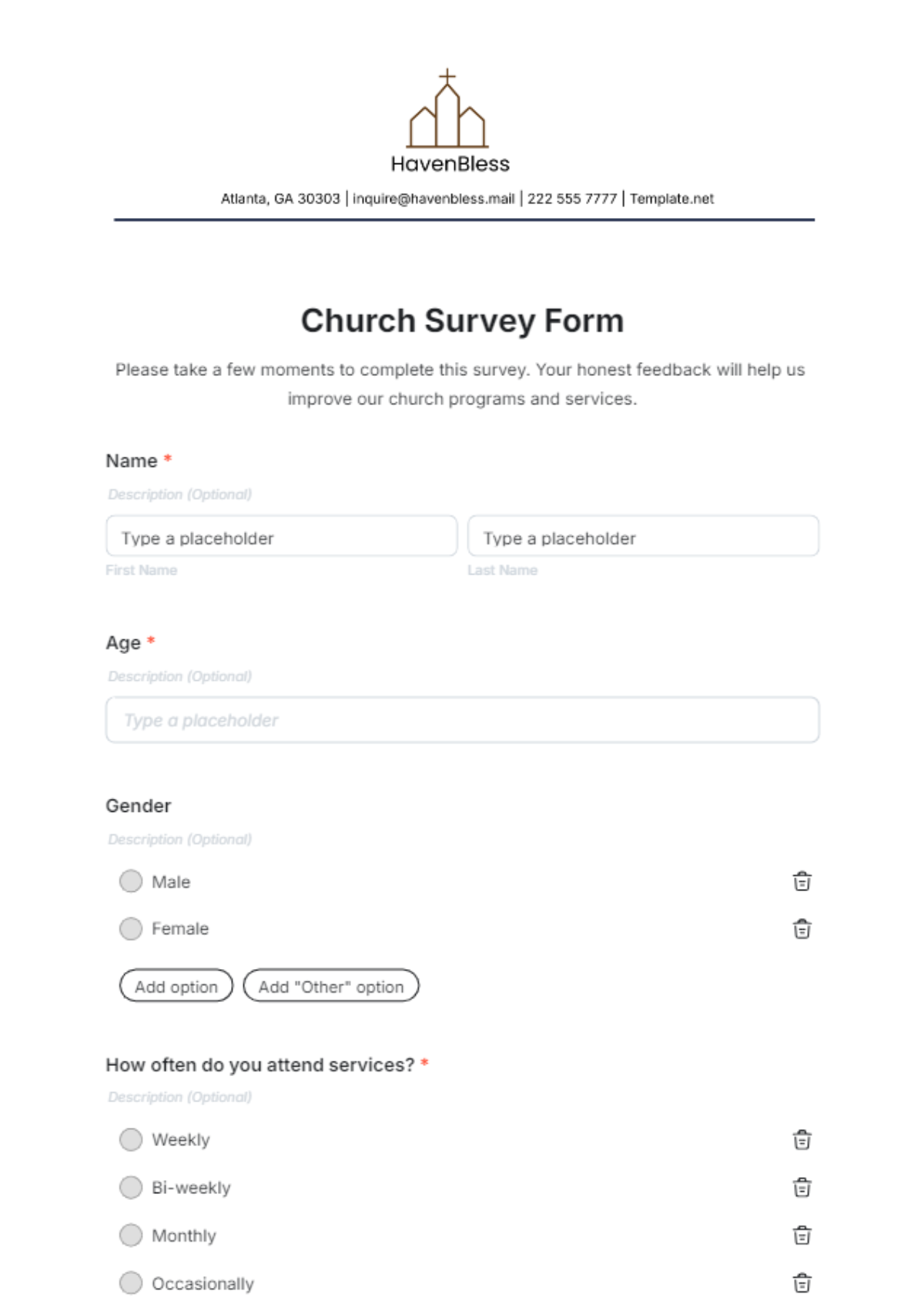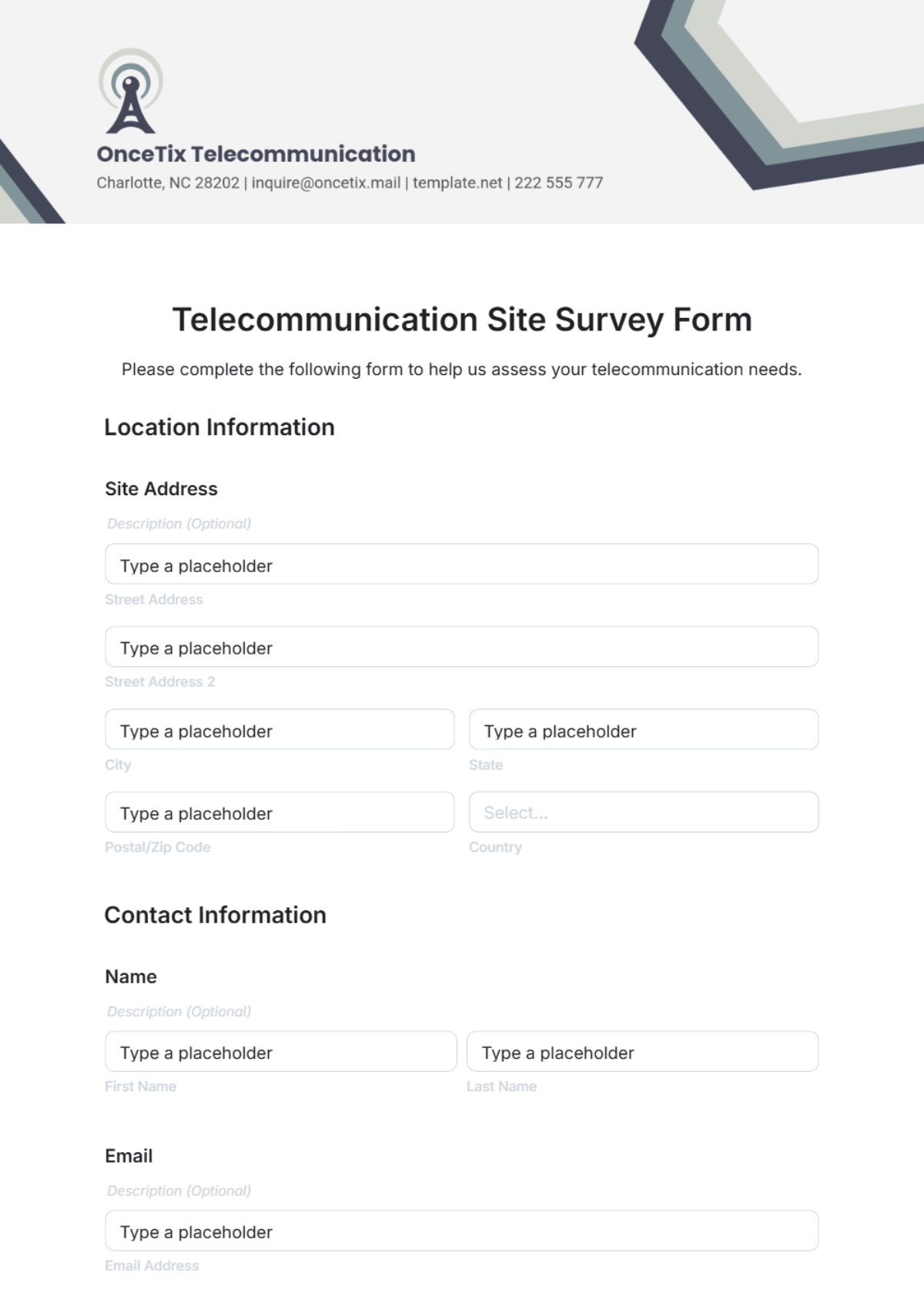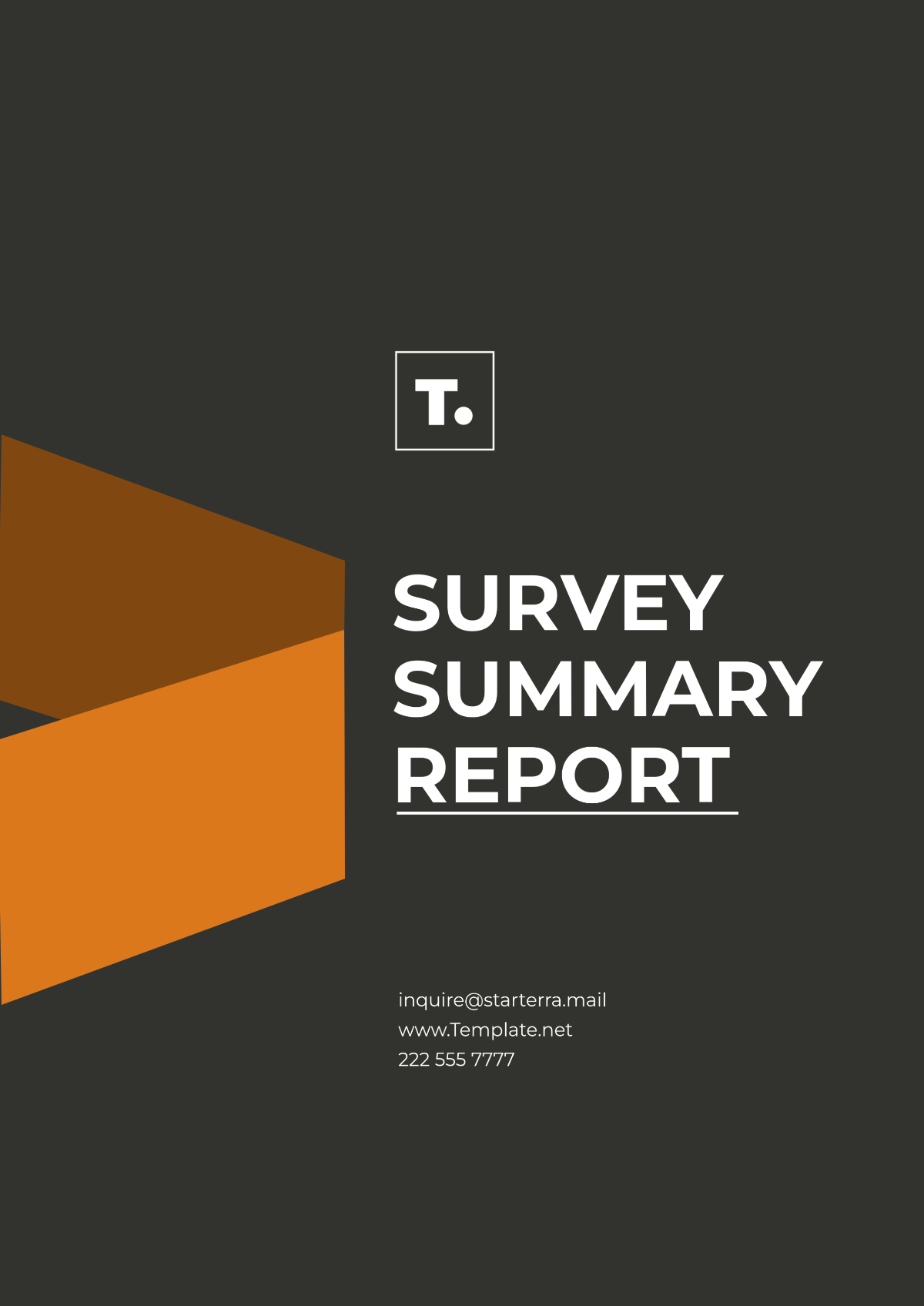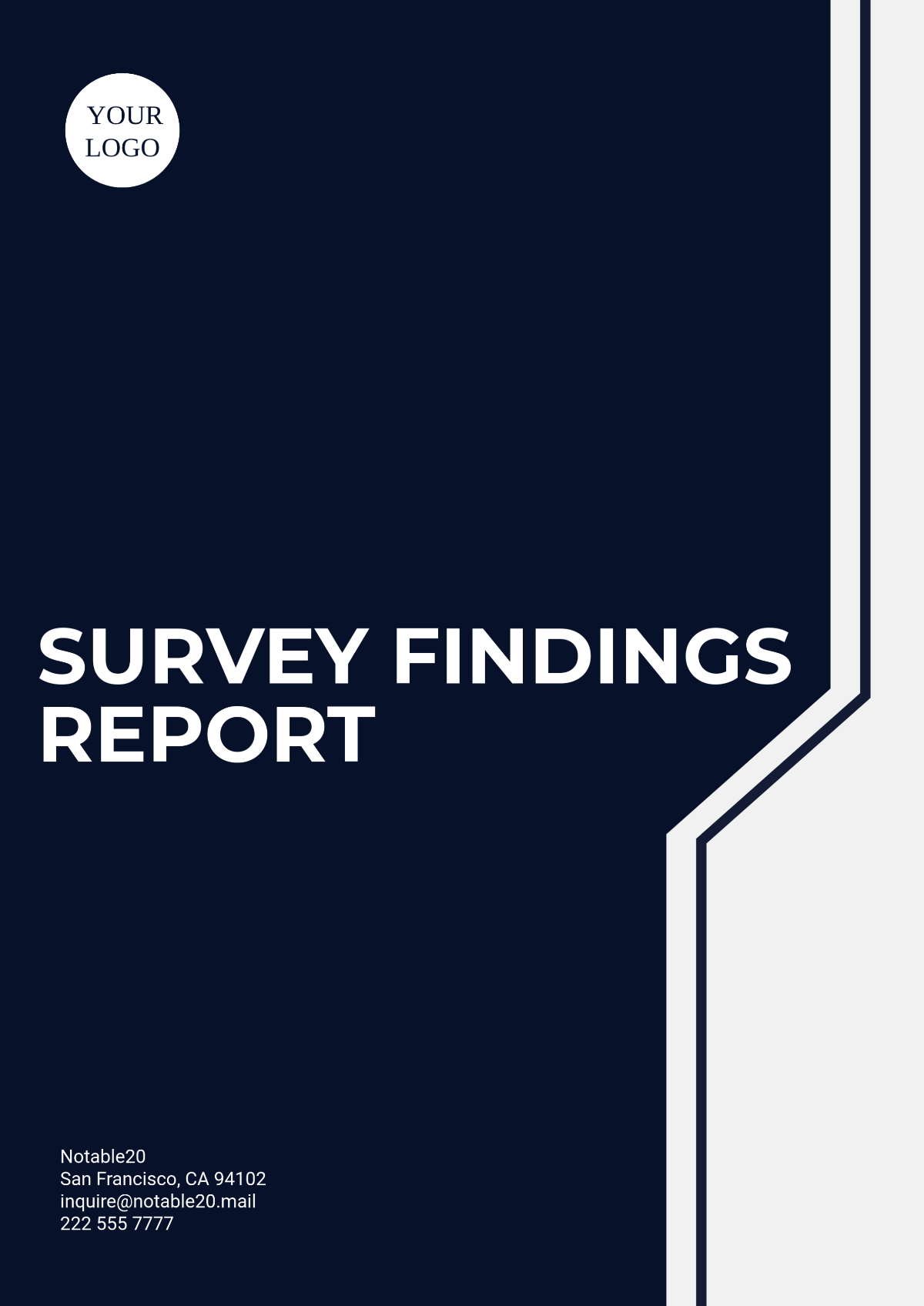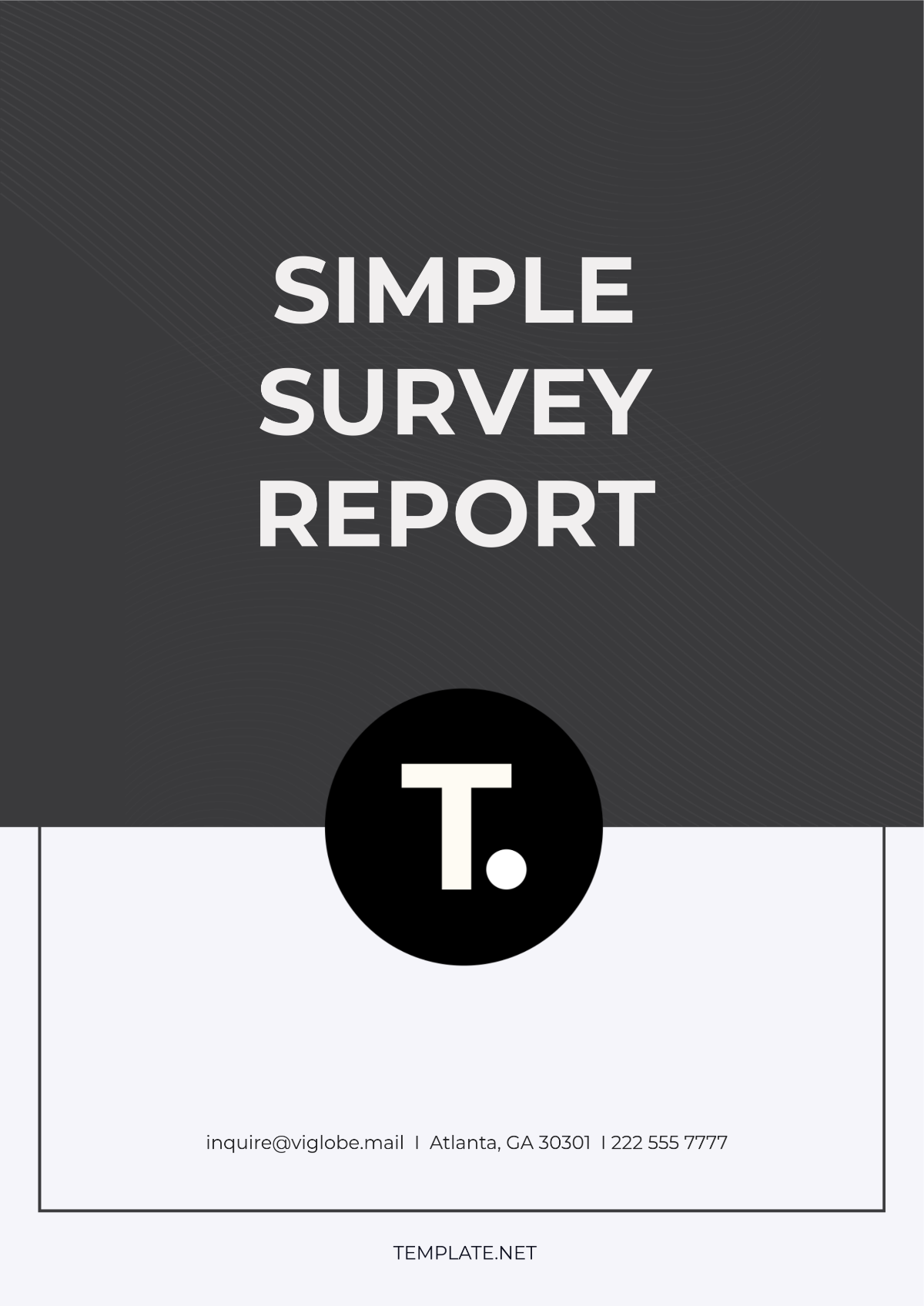Survey Coding Quantitative Research
Prepared by: [Your Name]
Date: [Date]
I. Introduction
Survey coding in quantitative research involves the process of systematically categorizing and analyzing numerical data collected from surveys. This method focuses on coding responses into quantifiable categories, which allows researchers to perform statistical analyses and draw conclusions based on the numerical patterns and trends in the data.
II. Importance of Survey Coding
Survey coding is a crucial step in quantitative research for several reasons:
It transforms raw data into a format suitable for statistical analysis.
It helps in identifying patterns and trends within the data.
It ensures consistency and reliability in data interpretation.
It facilitates efficient data management and analysis.
III. Steps in Survey Coding
The survey coding process can be broken down into several key steps:
Developing a Codebook: A codebook is a document that outlines the coding scheme, including the variables and their corresponding codes.
Coding Responses: Responses are categorized based on the codebook. Numerical values or labels are assigned to each response category.
Data Entry: The coded responses are entered into data analysis software.
Data Cleaning: The data is reviewed for errors and inconsistencies, ensuring the accuracy of the coded data.
Data Analysis: Statistical analyses are conducted to interpret the data and draw conclusions.
IV. Types of Coding in Quantitative Research
There are different types of coding used in quantitative research, each with its purpose and application:
Type of Coding | Definition | Application |
|---|---|---|
Open Coding | The initial process of categorizing data without any predefined codes. | Used in exploratory research to identify themes and patterns. |
Axial Coding | Process of relating categories to subcategories and identifying relationships. | Used to refine and differentiate between themes identified during open coding. |
Selective Coding | Process of selecting a core category and systematically linking it to other categories. | Used to develop a coherent narrative or theory from the data. |
V. Challenges in Survey Coding
Despite its importance, survey coding in quantitative research comes with several challenges:
Subjectivity: The interpretation of responses may introduce subjectivity in coding.
Complexity: Coding complex or ambiguous responses can be difficult.
Consistency: Ensuring consistent coding across different coders or over time can be challenging.
Time-Consuming: The coding process can be time-consuming, especially for large datasets.
VI. Best Practices in Survey Coding
To ensure effective and reliable survey coding, researchers should follow the best practices:
Develop a detailed codebook to guide the coding process.
Train coders thoroughly to ensure consistency and accuracy.
Regularly check for inter-coder reliability to maintain consistency.
Utilize software tools for efficient data entry and analysis.
Continuously review and refine the coding scheme as needed.
VII. Conclusion
Survey coding in quantitative research is a vital process that transforms raw survey data into meaningful numerical categories. By following a systematic approach and adopting best practices, researchers can ensure accurate and reliable data analysis, leading to insightful conclusions based on the numerical patterns and trends observed in the data.
VIII. References
Please note that the following references are included for informative purposes and proper citation should follow the specific citation style required:
DeVellis, R. F. (2050). Scale development: Theory and applications (Vol. 26). Sage publications.
Creswell, J. W. (2050). Research design: Qualitative, quantitative, and mixed methods approaches. Sage publications.
Fink, A. (2050). How to conduct surveys: A step-by-step guide. Sage publications.

